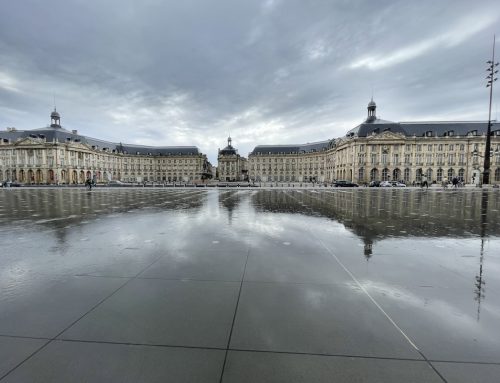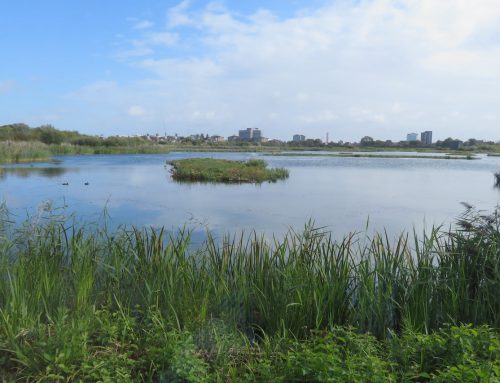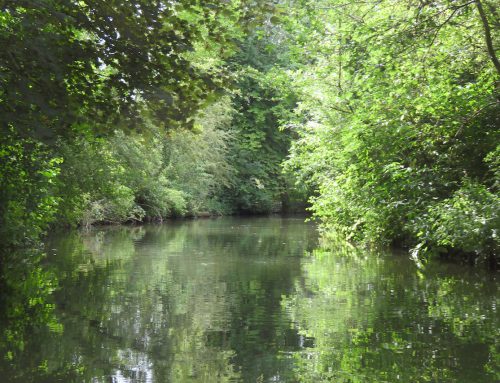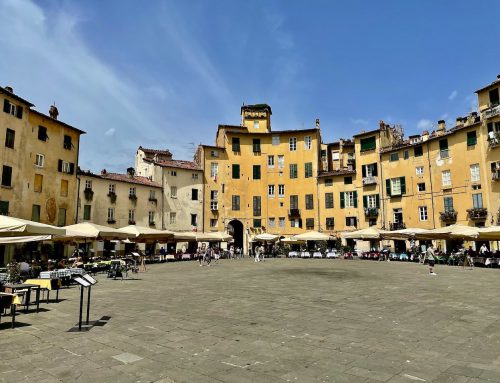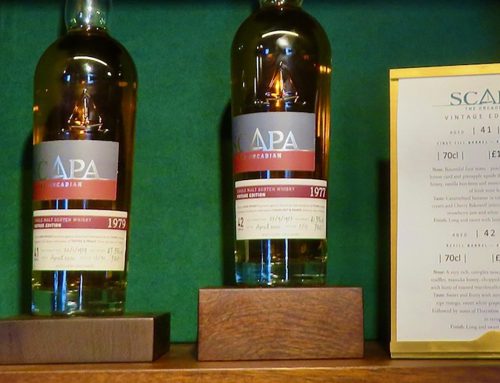The man with the flag is king

The man with the flag

The man with the flag
Dubai, UAE
One thing is impossible to ignore in Dubai and that is its pace of change. Somehow the emirate manages to design and build things so fast that even if you go away for a few days, by the time you return something is different. You sense there is a construction steamroller in action so watch out anyone who stands in its way.
The other day, looking from my Downtown balcony window, I could see a grassy area - yes, they do have greenery in Dubai - that was no more than 50 metres square. That was in the morning. By the evening they - I am unsure who “they” might be - had built an auditorium, stage and screen of suitable size to seat at least 1000 souls. It was used for a couple of evenings’ entertainment - something to do with Happiness Awards - and within as many days it had been dismantled and the grass had reappeared.
The roads are no different. On my drive into work, last week’s left turn had suddenly become a No Entry, while the view of a nearby park had become totally obscured by white hoarding. There is building everywhere. You can see it best from a height. Look into the distance and all you can see, well not all but certainly a fair bit - is scaffolding and cranes, men in hard hats and fluorescent yellow jackets. Dubai is construction gone crazy. This is a place on a mission and that mission does not involve staying still.
Yet despite the incredible changes, I occasionally feel they have missed a trick. Walking and cycling are good examples. In this modern era of staying sufficiently fit in order to become immortal - a forlorn hope as you will know - physical activity rules. At least it does anytime other than when you are travelling from A to B. The moment travelling is involved the best Dubai can offer is the car. Okay, so the cars are big, huge and guzzly but they are still cars. Try walking and folk will fall about laughing. Anyway, who ever heard of a pavement in Dubai? They do exist but only in posh places, so much of the time you are confined to your car simply for the sake of survival.
A short while ago I stayed in a hotel barely 200 metres from my hospital. It was a great hotel - huge rooms, massive reception areas, marble everywhere, staff falling over themselves to be helpful - but its view over the adjacent, congested, multilane roadway was not a major attraction. It was frustrating, too. Despite feeling able to almost touch my hospital’s front entrance from my room, there was no way I could walk to work. How easy it would have been for an underpass walkway to have been built. Instead I had to take to the car.
And bicycles? Dear me. The same applies. Back home bicycle lanes are blossoming in many of our great cities and towns. But a bicycle lane in Dubai? Come on, you must be joking. Not a hope in a thousand years. Somewhere out of town is a cycle track heading directly into the desert but that is for the leisure cyclist. Not the fitness enthusiast who is trying to combine commuting and health, while attempting to both save the planet and prolong lifespan courtesy of pedal power. This, the emirate which takes energy preservation so seriously that we were obliged to sit in the dark for an hour recently when celebrating Earth Day. Sometimes it makes sense, sometimes it does not but that, I would suggest, is Dubai.
The continuous road construction, which everywhere seems to take place in record time, makes a satnav almost instantly out of date the moment you buy one. Forget downloading updates that in any way keep up with change. You also learn rapidly in Dubai that to drive anywhere you are obliged to master the U-turn. This is something we do so rarely back home, feel self-conscious when we do, and which is frowned upon by most. In Dubai it is normal. Sometimes there is even a lane, specifically so you can U-turn at the next junction. Generally, the tactic is to go to a traffic light, take to the offside lane, and with a squeal of tyres against half-melted tarmac, swing your gas-guzzler through 180 degrees and head back towards where you started.
Everything is huge in Dubai – the widest roads, the densest traffic jams, the largest tower, the biggest Ferris wheel, the largest indoor theme park. I do not know who dreams up these ideas but my architect friends tell me that Dubai is not only challenging but it is fun. Back home they are faced with a long lists of restrictions. In Dubai, they have an idea, and as long as it is not too daft and the money is there, they can give their idea a go. This is a place where experimentation is rife but with it comes progress. Muzzle your brightest and most inventive and you will soon be overtaken by lands that do not.
Dubai is often called the crane capital of the world. If the advice I have received is correct, right now the emirate has 30,000 cranes doing something somewhere. That is astonishing. I am unsure whether anyone has counted the number of road cones, barricades and lengths of scaffold but I wager that would take a millennium.
Yet standard for most of these projects is a lonely individual stood in the middle of the road, waving a flag, while futilely trying to direct the traffic. Oh dear. I am unsure who creates more disruption, the man with the flag or the gas-guzzlers trying to get past. Flags come in various colours. Normally red or green, they are sometimes yellow. Doubtless the colours mean something; one might imagine red for Stop, green for Go and yellow for Watch Out Or I’ll Have You. The common feature of them all is that the boiler-suited flag waver invariably flaps the thing lazily from left to right. I have yet to see one being waved up and down, I presume because that requires greater energy expenditure.
The flag controls the traffic, at least that is the intent, but in reality the traffic controls itself. There is a perfect example near the hospital. I am unsure from where he originates, manifestly not Dubai, but our poor flagwaver has clearly drawn the short straw. There are so many like him. Men, normally men, who have been attracted to the emirate by incredible promises; promises that so frequently remain unrealised from the moment their inbound flight touches Emirati tarmac.
Our fellow, and a jovial chap he appears, is stood by a No Left Turn sign which, if it were obeyed, would prevent anyone from ever reaching the hospital. At least they could if they were happy to drive across a portion of desert wasteland, through a resident’s rear garden, past some scattered dustbins, mount a small stretch of pavement in an otherwise pavementless district, and arrive by the back door to the Emergency Department. So initiative is clearly required. Each driver approaches deferentially, solemnly winds down his window, smiles at the flag-waver, who then smiles back and points to the No Left Turn sign while shrugging, smiling and continuing to wave his flag. He then waits, a Poker-like gaze to his expression, while driver and flag-waver decide who must blink first. If the driver backs down, then he has missed his chance. It is about turn and have another go later when the flag-waver might have tired. But I have learned to negotiate now. I stand my ground, keep smiling, actually a broad grin is even better, look the flag-waver in the eye and say something simple. Even “Good morning” will do. Should you do this, then before you know it the yellow flag will dangle, the No Left Turn sign is ignored, and you will be through to the hospital, or whatever is your chosen objective. You see, the man with the flag is King.
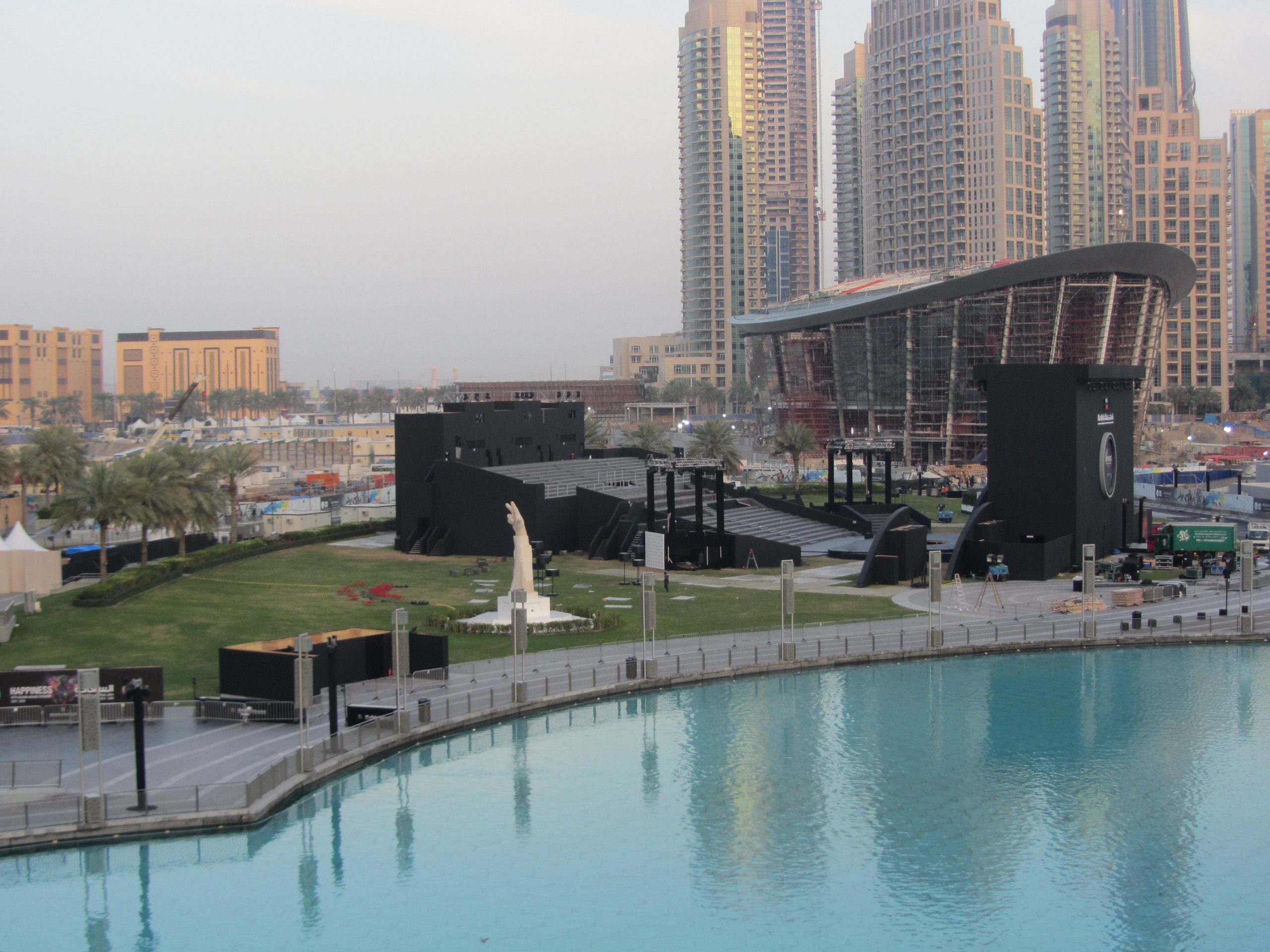
Now you see it
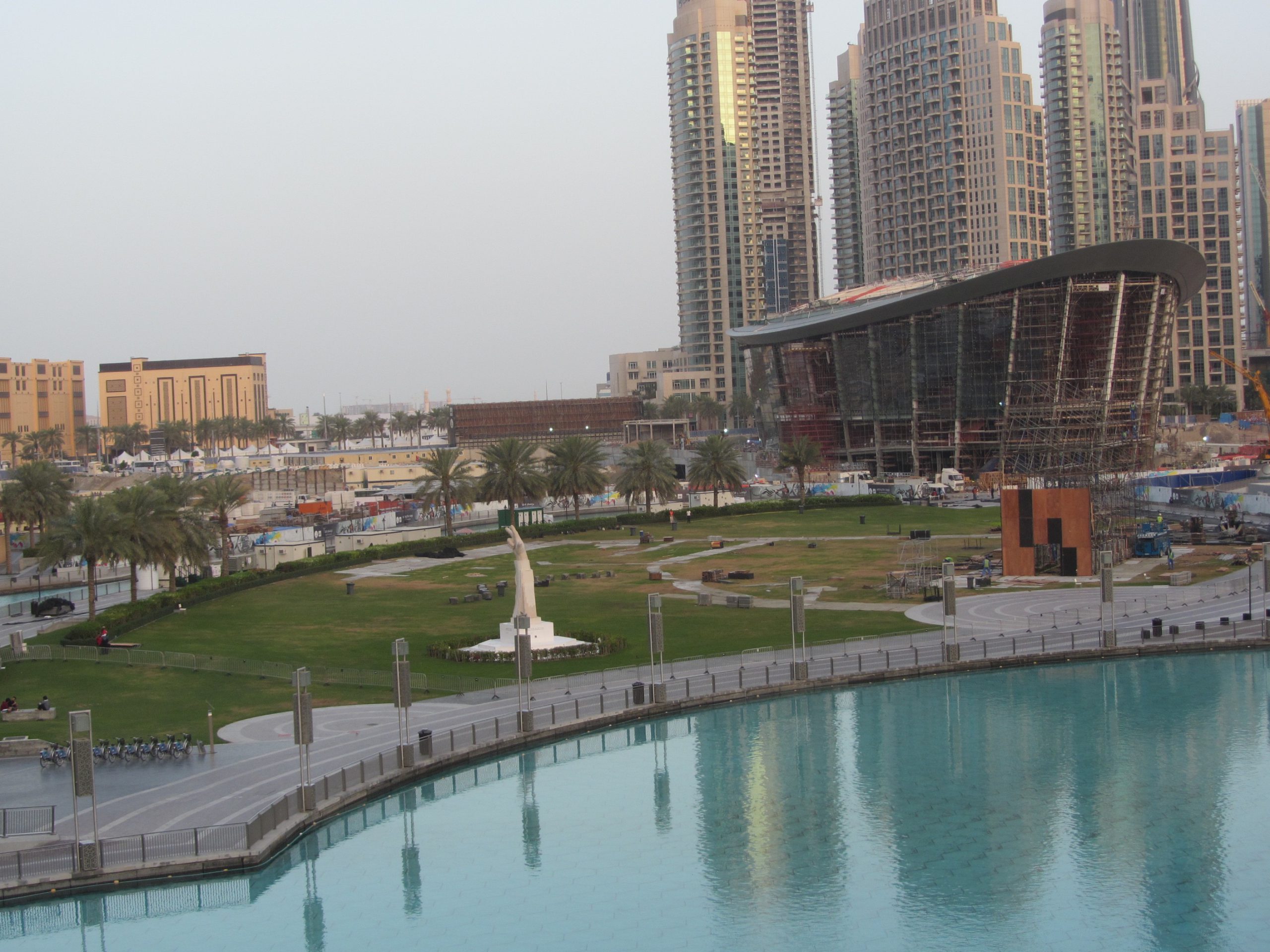
Three days later - now you don't


